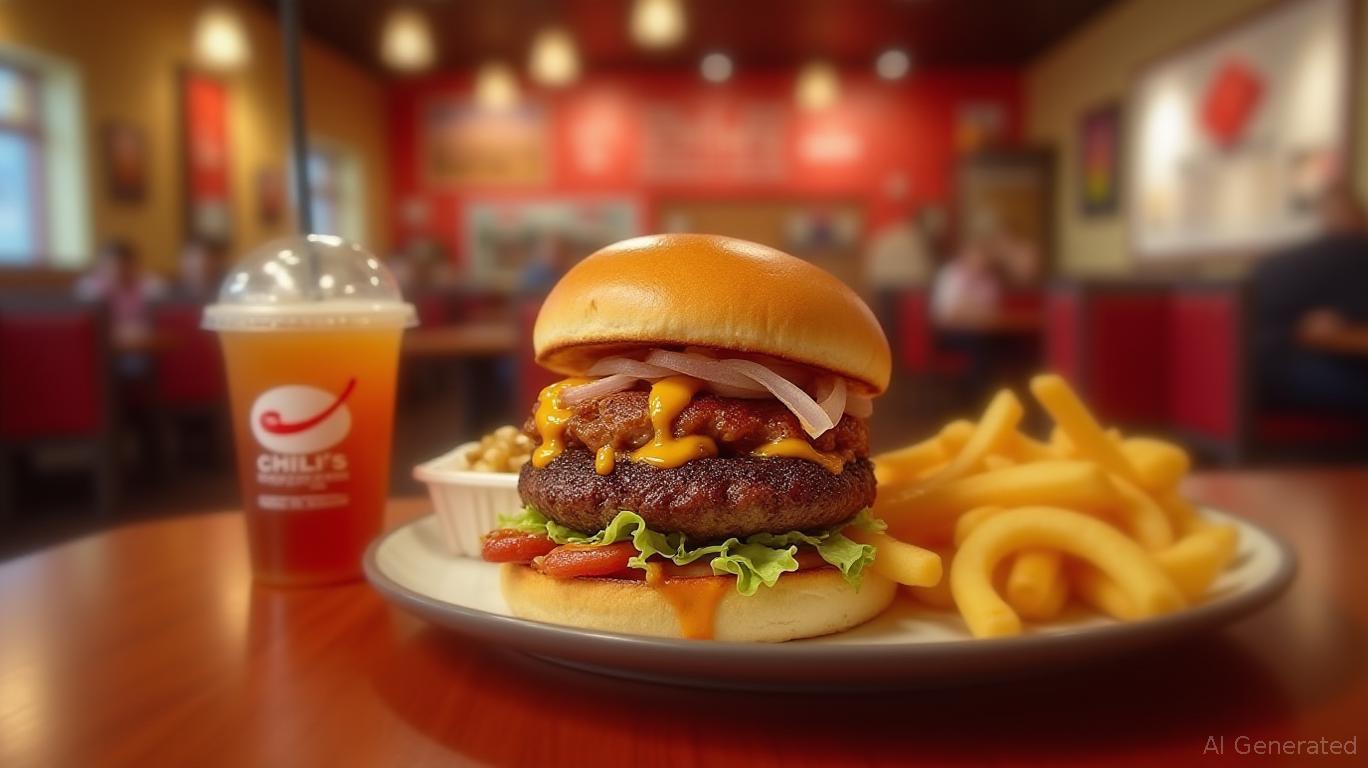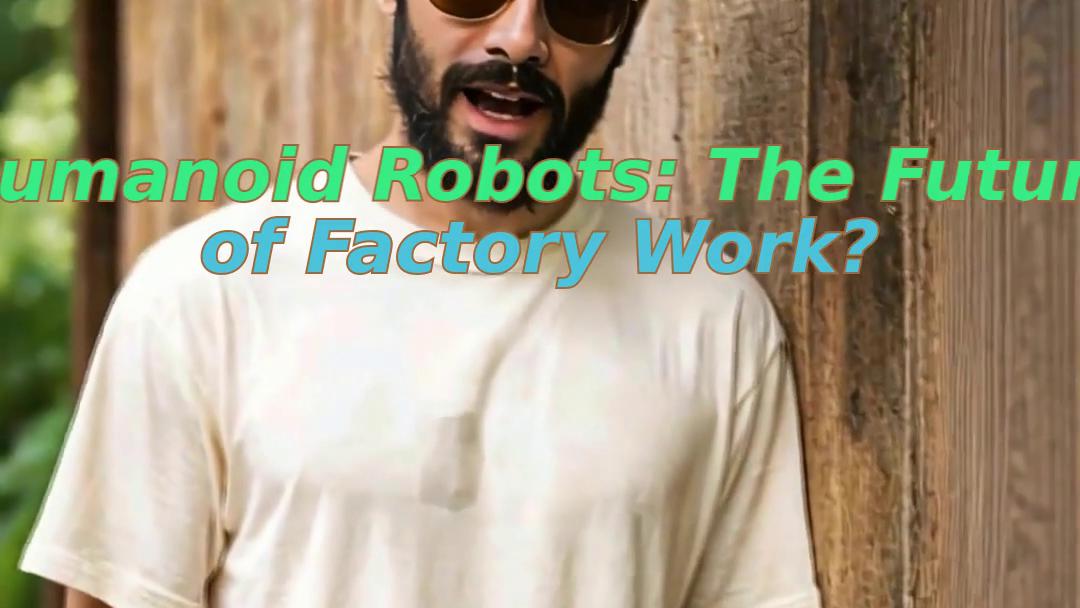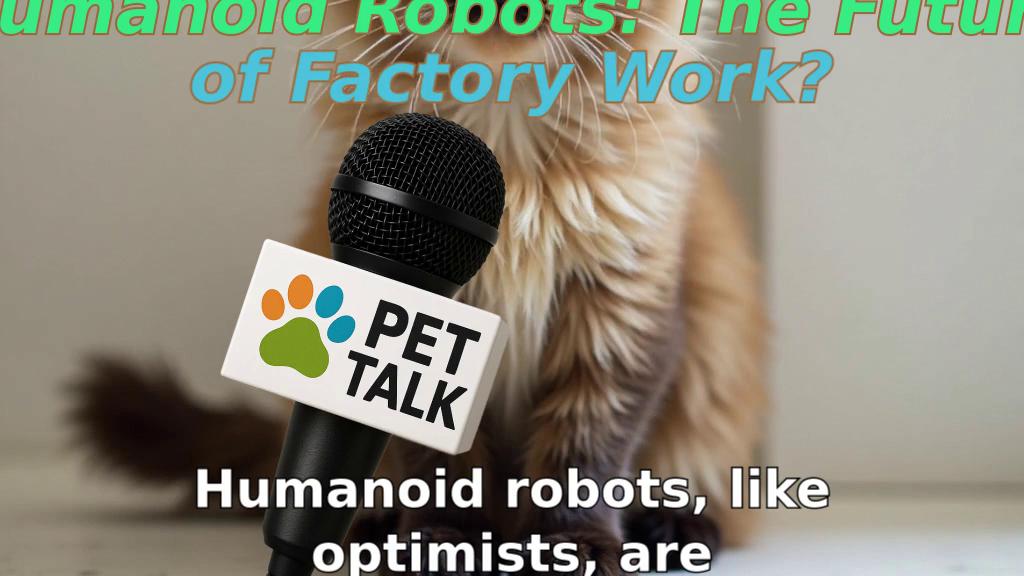Will Robots Be Chili's Future? Brinker CEO Shares Plans
Saturday, Feb 15, 2025 7:06 pm ET

Will robots be in Chili's future? Brinker International, Inc., the owner of Chili's® Grill & Bar, has been exploring the use of robotics in its restaurants, with mixed results. In an interview with CNBC, CEO Kevin Hochman shared the company's plans and the evolving role of automation in the casual dining industry.
Chili's has been testing robotics, such as Rita the Robot, which can guide guests to their seats, run food, and even sing the birthday song. However, the company recently paused this test, focusing instead on more operations-focused innovations in the kitchen, as part of its "Kitchen of the Future III" initiative. This shift in strategy reflects Brinker's evolving priorities and risk assessment in its technological investments.
The pause in the robotics test with Bear Robotics indicates that Brinker is prioritizing investments that can directly impact restaurant margins and have a quicker impact on the business. By redirecting resources to projects that it believes will have a more significant impact on the business in the short term, Brinker is demonstrating its commitment to making data-driven decisions and continuously evaluating its technological investments to ensure they align with the company's strategic goals.
Despite the pause in the robotics test, Chili's is still exploring the use of technology to enhance the guest experience and drive sales growth. The company has implemented a new kitchen display system (KDS) that streamlines recipe access and reduces ticket times, even with increased traffic. Additionally, Chili's is expanding the use of TurboChef ovens across the enterprise, replacing aging conveyor belt systems, and cooking food faster, more evenly, and with less heat, creating a more comfortable environment for employees.
Chili's is also leveraging data to improve guest experiences and loyalty. By building in-house capability to mine tokenized data, the company can better understand guest preferences and behaviors, creating a seamless, loyalty-building experience for both guests and employees. These operational improvements help Chili's maintain a competitive edge in the casual dining industry, driving sales growth and guest satisfaction.
In conclusion, while the future of robotics in Chili's restaurants remains uncertain, the company is committed to exploring and implementing technological innovations that enhance the guest experience, improve kitchen efficiency, and drive sales growth. By focusing on operational improvements and menu simplification, Chili's can complement and potentially replace some of the benefits initially expected from robotics, positioning itself for long-term success in the competitive casual dining industry.
Word count: 598


_219eac971750077834984.jpeg)







